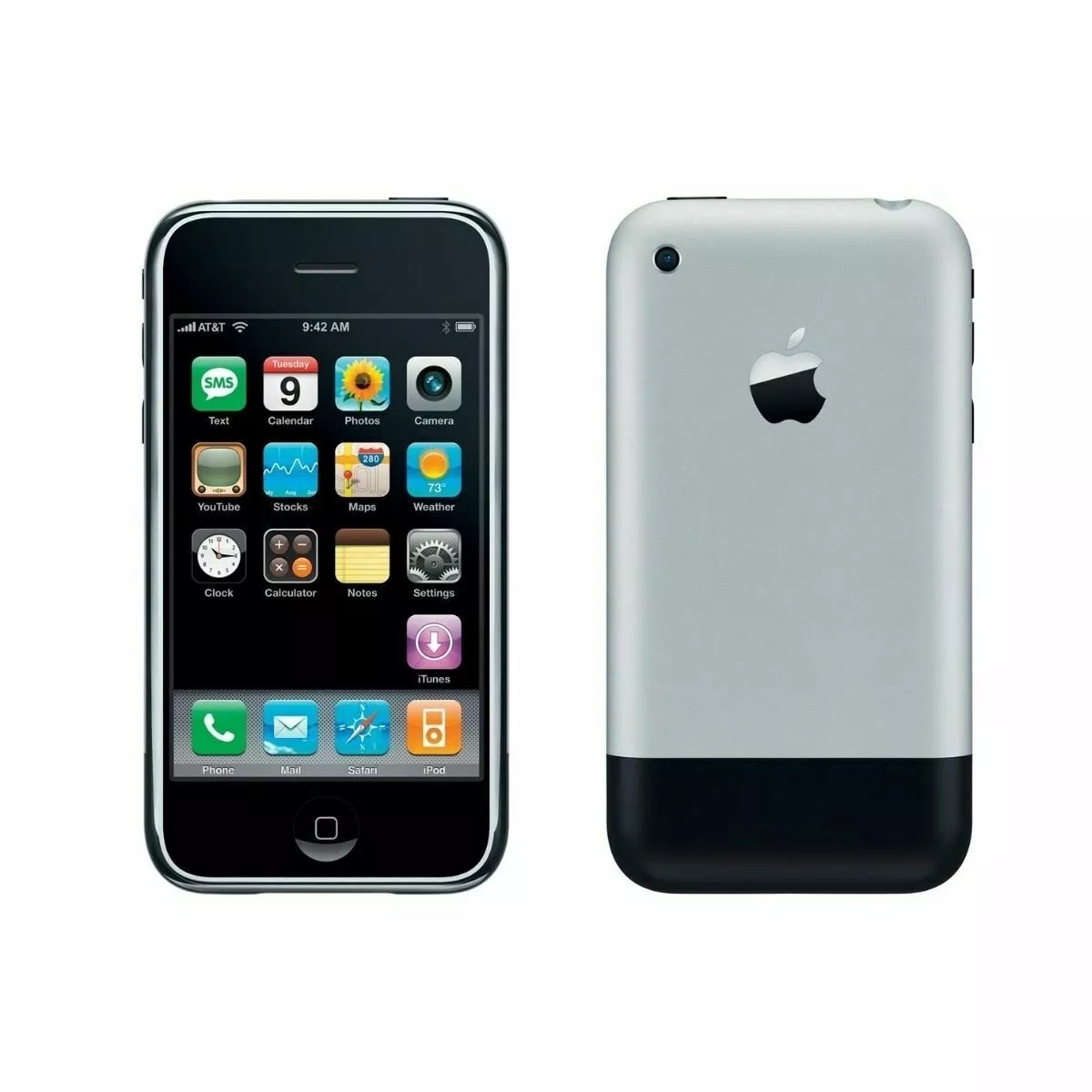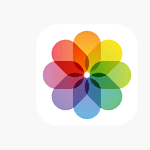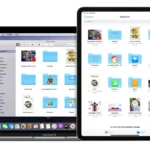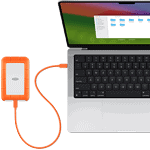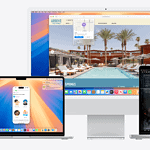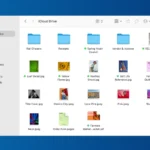Eighteen years ago, on January 9, 2007, Steve Jobs unveiled the original iPhone at Macworld Expo in San Francisco. This groundbreaking device combined a mobile phone, an iPod, and an internet communicator into a single product, revolutionizing the tech industry and redefining mobile communication.
The iPhone’s introduction marked a pivotal moment in Apple’s history. Jobs presented the device as three separate products before revealing it was one revolutionary gadget. The audience was captivated by its sleek design, innovative touchscreen interface, and ability to browse the full internet.
Apple’s iPhone transformed the smartphone market. It set new standards for mobile devices and paved the way for the app ecosystem we know today. The iPhone’s impact extended beyond technology, influencing how people communicate, work, and access information on the go.
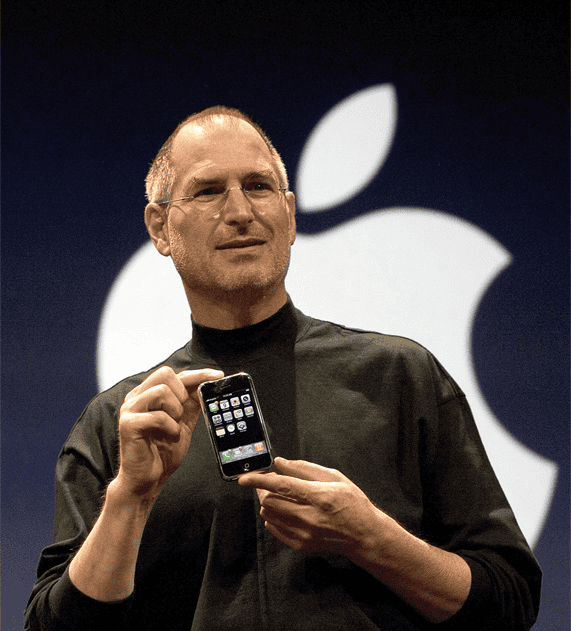
The Legacy of the First iPhone
A Revolution in Our Pockets
On January 9, 2007, Steve Jobs took the stage at the Macworld convention and introduced the world to the iPhone. This wasn’t just a new phone; it was a leap forward in mobile technology. The first iPhone combined three devices into one: a widescreen iPod with touch controls, a revolutionary mobile phone, and a breakthrough internet communicator.
The First iPhone’s Features
- Multi-touch display: This was a game-changer. Instead of buttons and a stylus, you could use your fingers to control the device directly.
- Internet connectivity: The iPhone had Wi-Fi and EDGE cellular data, which was slower than 3G but still allowed for web browsing and email on the go.
- Visual voicemail: This innovative feature let you see a list of your voicemail messages and choose which ones to listen to first.
- 2-megapixel camera: While basic by today’s standards, it was a decent camera for its time.
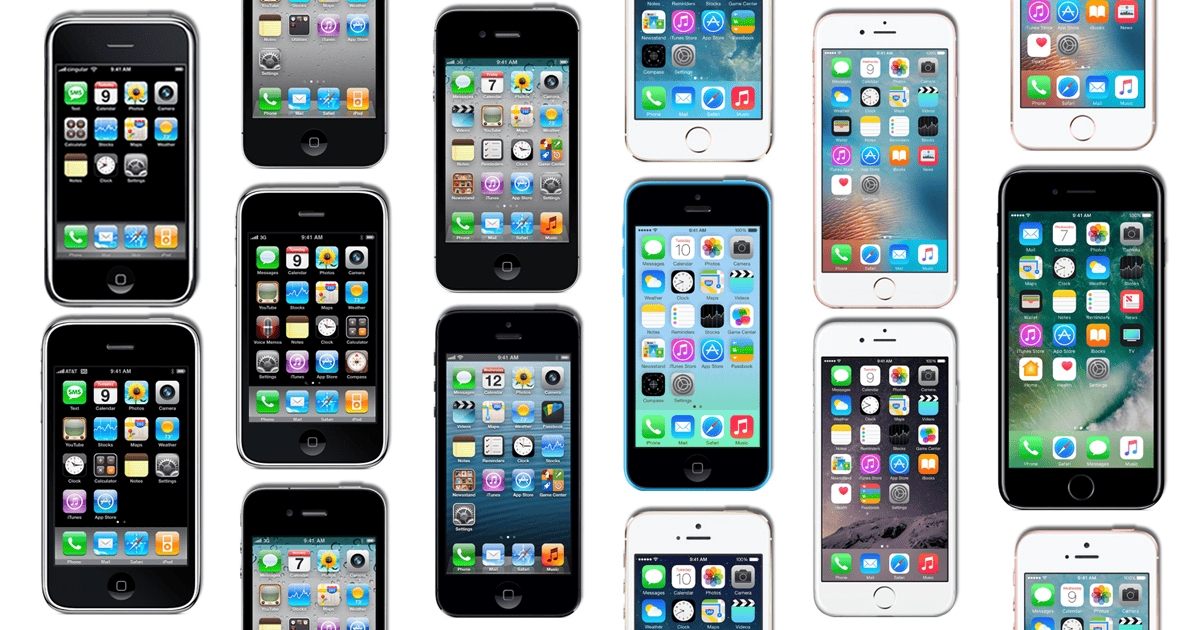
The Impact of the iPhone
The iPhone wasn’t the first smartphone, but it was the first to truly capture the public’s imagination. It changed the way we:
- Communicate: Texting, video calls, and social media became central to how we connect with each other.
- Consume information: We now have instant access to news, entertainment, and knowledge at our fingertips.
- Navigate the world: GPS and mapping apps have made it easier than ever to get around.
- Shop and bank: Mobile commerce and banking have become commonplace.
The iPhone’s Evolution
Since 2007, Apple has released a new iPhone model almost every year. Each generation has brought new features and improvements, such as:
- Faster processors
- Better cameras
- Larger screens
- Longer battery life
- Face ID and other biometric security features
The App Store
Launched in 2008, the App Store created a whole new industry for mobile app developers. Millions of apps are now available, offering everything from games and productivity tools to social networking and health tracking.
The iPhone’s Legacy
The iPhone has had a profound impact on our lives. It has changed the way we work, play, and interact with the world. It has also spawned a massive mobile ecosystem, with millions of apps and accessories. Even after 18 years, the iPhone continues to be one of the most popular and influential consumer electronic devices in the world.
| Feature | First iPhone (2007) | iPhone 14 Pro (2023) |
|---|---|---|
| Screen size | 3.5 inches | 6.1 inches / 6.7 inches |
| Camera | 2 megapixels | 48 megapixels (main) |
| Storage | 4GB, 8GB, 16GB | 128GB, 256GB, 512GB, 1TB |
| Processor | Single-core 412 MHz | A16 Bionic chip (6-core) |
| Operating System | iPhone OS 1 | iOS 16 |
The Rise of Android
While the iPhone was making waves, another mobile operating system was emerging: Android. Developed by Google, Android is an open-source platform that is used by many different phone manufacturers. This has led to a wide variety of Android phones at different price points, giving consumers more choices. The competition between iOS and Android has driven innovation in the smartphone market, benefiting consumers with better features and lower prices. Both operating systems now power the vast majority of smartphones worldwide.
Key Takeaways
- The original iPhone combined a phone, iPod, and internet device in one product
- Steve Jobs introduced the iPhone at Macworld Expo on January 9, 2007
- The iPhone revolutionized mobile technology and changed how people interact with devices
The Launch and Impact of the First iPhone
Steve Jobs unveiled the original iPhone on January 9, 2007, sparking a revolution in mobile technology. This groundbreaking device reshaped the smartphone industry and set new standards for user interface design.
Unveiling the Original iPhone
Steve Jobs introduced the iPhone at Macworld Expo in San Francisco. He described it as three devices in one: a widescreen iPod, a revolutionary mobile phone, and an Internet communications device. The iPhone featured a 3.5-inch multi-touch display, eliminating the need for a physical keyboard.
Apple’s innovative design included a single home button and a sleek form factor. The device ran a modified version of Mac OS X, offering a full web browsing experience. It also included visual voicemail, making message management easier.
The original iPhone had 4GB or 8GB of storage and a 2-megapixel camera. Despite its high price of $499 for the 4GB model and $599 for the 8GB version, it generated significant excitement among consumers and tech enthusiasts.
iPhone’s Contribution to the Mobile Industry
The iPhone revolutionized the mobile phone market. Its user-friendly interface and innovative features set a new standard for smartphones. The device’s success pushed competitors to improve their offerings, accelerating innovation across the industry.
Apple’s App Store, launched in 2008, created a new ecosystem for mobile software. This platform allowed developers to create and sell applications directly to users, spawning a multi-billion dollar app economy.
The iPhone’s impact extended beyond technology. It changed how people interact with digital content, access information, and communicate. The device’s capabilities led to the rise of mobile-first services and transformed industries like photography, gaming, and social media.
Evolution of the iPhone
Since its debut, the iPhone has undergone significant improvements. Apple released new models annually, each introducing enhancements in processing power, camera quality, and design.
Key milestones include:
- iPhone 3G (2008): Added 3G connectivity and GPS
- iPhone 4 (2010): Introduced the Retina display and FaceTime
- iPhone 5 (2012): Larger screen and 4G LTE support
- iPhone 6 and 6 Plus (2014): Larger displays and Apple Pay
- iPhone X (2017): Face ID and edge-to-edge OLED display
Recent models like the iPhone 16 continue to push boundaries in areas such as camera technology, 5G connectivity, and processing power. iOS, the iPhone’s operating system, has also evolved, adding features like Siri, iCloud, and Apple Music.
The iPhone’s journey from a revolutionary concept to an indispensable tool highlights Apple’s commitment to innovation and user experience.
Frequently Asked Questions
The introduction of the first iPhone by Steve Jobs marked a pivotal moment in mobile technology. This revolutionary device transformed the smartphone landscape and set new standards for user experience.
What are the unique features of the first iPhone introduced by Steve Jobs?
The first iPhone combined a mobile phone, iPod, and internet device into one sleek package. It featured a 3.5-inch touchscreen display, eliminating the need for a physical keyboard. The device introduced multi-touch gestures, allowing users to pinch, zoom, and swipe.
How did the introduction of the first iPhone impact the mobile industry?
The iPhone’s debut sparked a shift in mobile phone design and functionality. It pushed competitors to develop touchscreen smartphones and app ecosystems. The device also popularized mobile internet browsing and redefined user expectations for mobile devices.
What were the specifications of the iPhone 1?
The original iPhone had a 3.5-inch screen with 320×480 resolution. It came with 4GB or 8GB of storage and ran on a 412MHz ARM 11 processor. The device featured a 2-megapixel camera and offered Wi-Fi and EDGE connectivity.
In what context did Steve Jobs reveal the first iPhone?
Steve Jobs unveiled the iPhone at Macworld Expo in San Francisco on January 9, 2007. He presented it as three revolutionary products in one: a widescreen iPod with touch controls, a revolutionary mobile phone, and a breakthrough internet communications device.
What was Apple’s market position when the first iPhone was launched?
Apple was known primarily for its Mac computers and iPod music players before the iPhone launch. The company had no presence in the mobile phone market. The iPhone represented Apple’s bold entry into a new and competitive industry.
What led to the development of the first iPhone?
The iPhone project began as an effort to create a tablet computer. Apple shifted focus to smartphones due to the growing mobile market. Steve Jobs saw an opportunity to reinvent the phone and pushed his team to develop a revolutionary touchscreen device.

